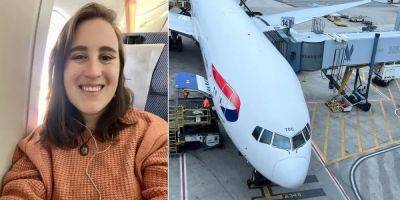The ever-popular transatlantic corridor between New York City and London-area airports sees millions of yearly passengers and represents one of the busiest routes in the world.
Jet stream powers flights to 800 mph — but not the sound barrier
21.02.2024 - 18:03 / thepointsguy.com / Airlines
On Saturday night, a Virgin Atlantic aircraft took off from Washington, D.C.'s Dulles International Airport (IAD) at 10:45, bound for London's Heathrow Airport (LHR).
A short time into the flight, as the Boeing 787 Dreamliner climbed to more than 33,000 feet above the New York City area, it reached what appeared — at first glance — to be a fairly notable milestone: a ground speed of 802 miles per hour, according to data from FlightAware.
For comparison, the speed of sound is around 760 mph, per NASA.
Want more aviation news? Sign up for TPG's free biweekly Aviation newsletter.
That aircraft wasn't alone.
Also on Saturday night, a British Airways Boeing 777 bound for London reached ground speeds of 812 mph some 34,000 feet above New Jersey. And an American Airlines 777 out of Raleigh-Durham International Airport (RDU) reached 785 mph a night later, also en route to an early arrival at Heathrow.
Don't worry: You didn't miss the sonic boom: There wasn't one.
These jets didn't actually break the sound barrier over the weekend. They just got a significant push from Mother Nature.
Around the same time those flights took off, the National Weather Service in the Washington, D.C., region noted an unusually powerful jet stream over the mid-Atlantic.
Thanks to where that fast-moving current of air was located over the weekend, it directly affected flight operations.
"Think of it as a river of air at a high altitude," said Dan DePodwin, director of forecasting operations at AccuWeather. "Over the weekend ... it was very well aligned with the typical routes planes fly when they go from the East Coast over to Europe, and because of that, there was a significant tail wind."
In fact, the weather service said, weather balloons detected the second-strongest jet stream dating back to the mid-20th century, with winds as fast as 265 mph at 34,000 to 35,000 feet.
"For those flying eastbound ... there will be quite a tail wind," the NWS said in a post on social media.
That certainly proved true.
The Virgin Atlantic flight got to Heathrow 45 minutes early, in six hours and 40 minutes. Numerous other flights touched down in London a half-hour early or more over the weekend.
But despite the impressive ground speed readings (not to mention the short travel times to Europe), none of these jets technically passed the sound barrier.
Unlike the Concorde, which could legitimately break the sound barrier with flight speeds of more than 1,300 mph as it whisked passengers across the Atlantic to Europe in its heyday, the Virgin Dreamliner wasn't actually propelling itself through the air at an airspeed of 800-plus mph.
In fact, its actual airspeed — the speed of the plane relative to the air immediately surrounding it — would have
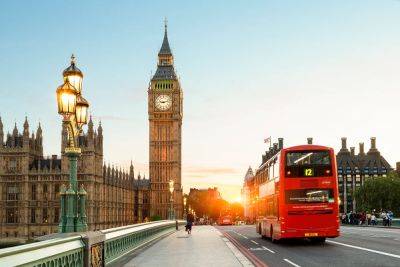
Quick Points: Here’s why you shouldn’t end your European trip in the UK
Let's assume you're planning a trip to Europe and want to include a visit to the United Kingdom. Should you plan to visit London at the start, in the middle or at the end of your trip? Does it even matter?
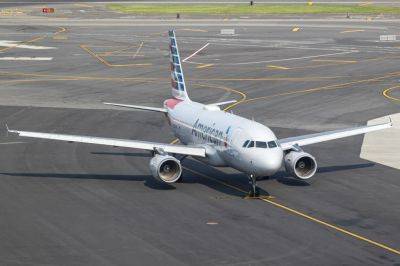
American Airlines Flights As Low As 5,000 Miles For Limited Time
American Airlines AAdvantage® members should take note. American Airlines just announced its biggest miles redemption offer ever. One-way flights can be redeemed for as little as 5,000 miles. However, this offer is only available for a limited time, so booking soon is essential to get the most options.
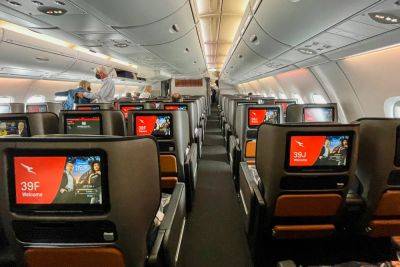
You can upgrade Qantas flights using American miles — but is it worth doing?
You can already use American Airlines miles to upgrade American flights. You can also redeem American miles to upgrade British Airways and Iberia flights booked into some high-fare classes.

United Boosts Its International Routes With New Nonstop Flights to Marrakech and Medellín
United Airlines will become the only carrier to fly nonstop to Marrakech from the United States in October, part of a larger international expansion from the airline.
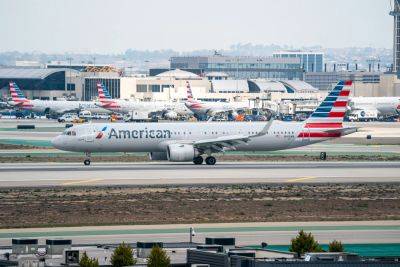
American Airlines orders 260 new narrowbody jets, including Boeing 737 MAX 10
American Airlines said on Monday that it had ordered 260 new narrowbody jets to continue building out its fleet and expanding in domestic and short-haul international markets.
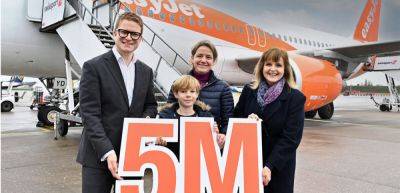
EasyJet celebrates flying five million passengers to and from Birmingham Airport ahead of new base opening
The milestone comes ahead of the airline opening its new UK base at Birmingham Airport next month with 16 new routes taking off.
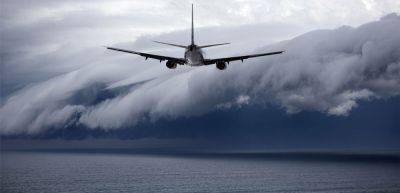
IATA and The Weather Company to provide enhanced turbulence-related weather data to airlines
Turbulence can impact crew and passenger safety, route planning, arrival and departure times, customer satisfaction, equipment maintenance and more.

EasyJet announces new routes from the UK and becomes first and only UK airline to fly to Salerno’s Amalfi Coast airport
The airline has also relaunched its route from Newcastle to Amsterdam for next summer.
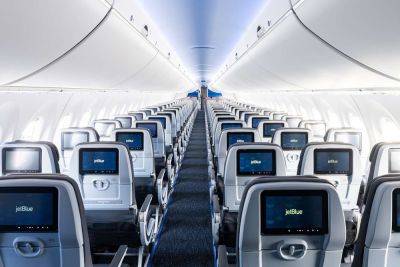
This Simple Travel Hack Can Help You Save Big on JetBlue Flights
Finding the lowest price for a flight can be challenging, but one airline has a somewhat hidden tool to help travelers snag the best deal. JetBlue has a section of their website with a fare calendar that displays flight prices in grid view between an origin and destination airport, helping travelers plan a vacation to get the lowest cost airfare. The tool, called "Best Fare Finder," is located under the «Book» tab on JetBlue’s homepage. The page allows passengers to select how many children and adults will be traveling, whether they would like to pay in cash or TrueBlue miles, and then choose the desired destination from any airport. For example, the price of a flight ticket from New York City's John F. Kennedy International Airport (JFK) to Orlando International Airport (MCO) in April 2024 varies widely. If a traveler booked it for April 18, they would pay $259, but if they can wait six days later, the price drops to only $70. The Best Fare Finder provides all of the prices in the calendar view.
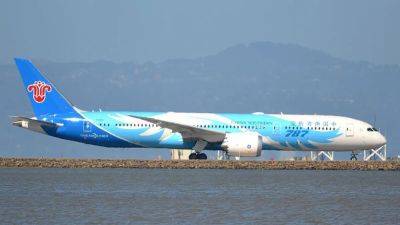
DOT approves more U.S. flights from Chinese carriers
The U.S. Department of Transportation has approved an increase in the allowed number of scheduled roundtrip weekly passenger flights by Chinese airlines to the U.S. to 50, up from 35, beginning March 31, according to a DOT order filed Monday.
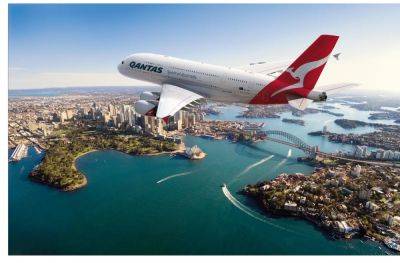
Taylor Swift Rush Results in Airline Replacing 3 Flights With Double-Decker Superjumbo Plane
Australia’s flag carrier, Qantas, was forced to replace three separate flights from Melbourne to Sydney with an Airbus A380 superjumbo jet on Friday—a plane which is typically reserved for long-haul international flights.
